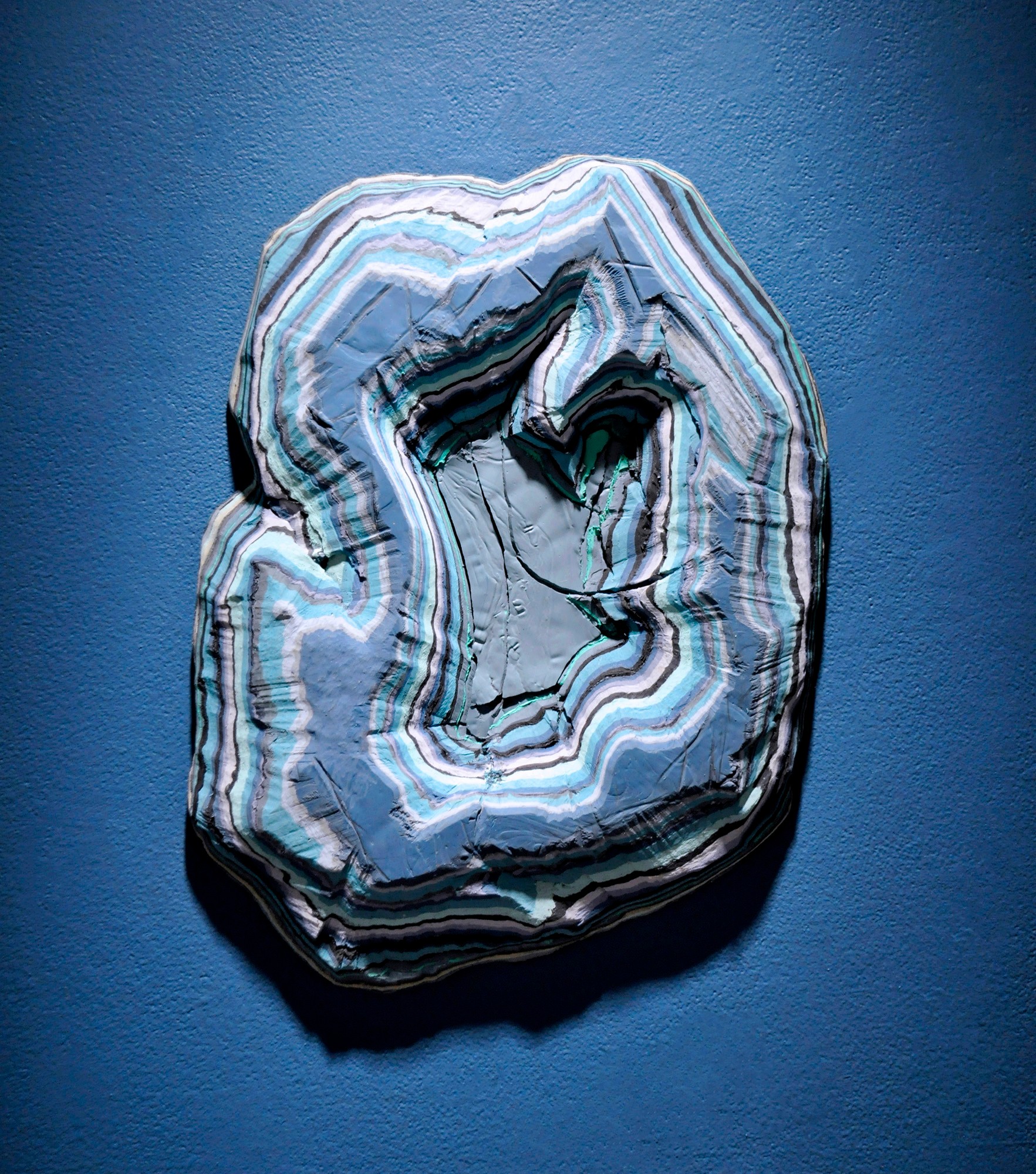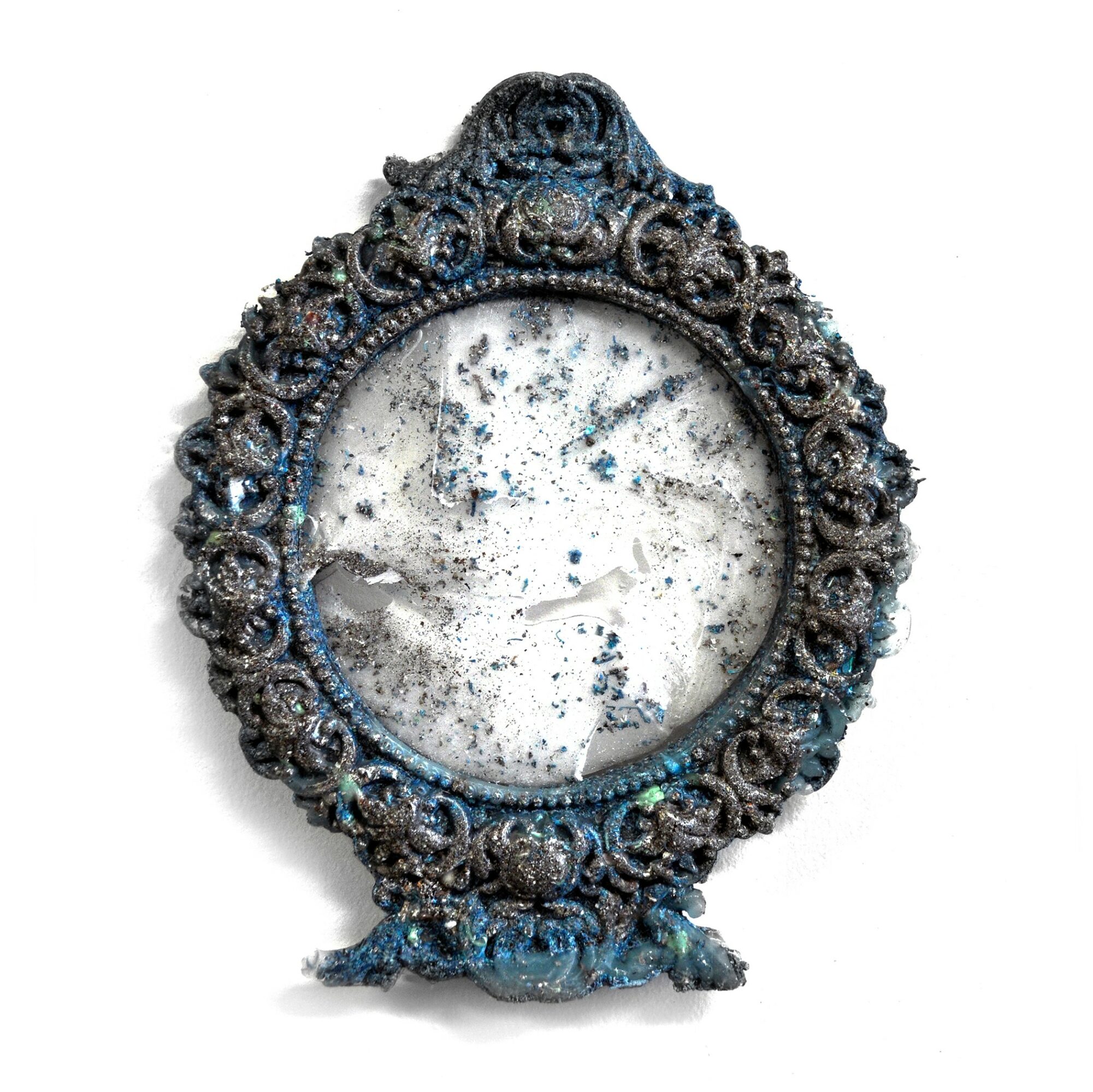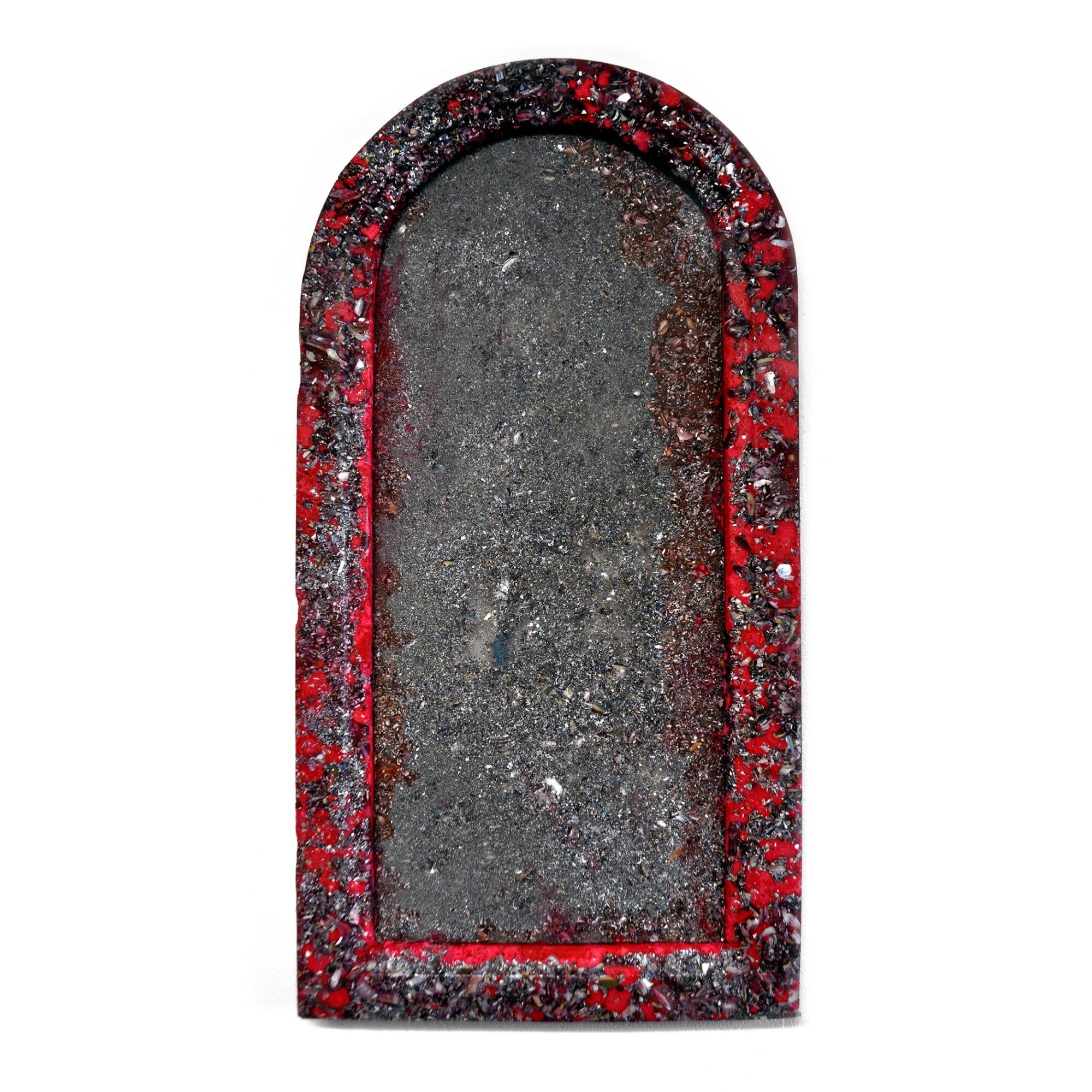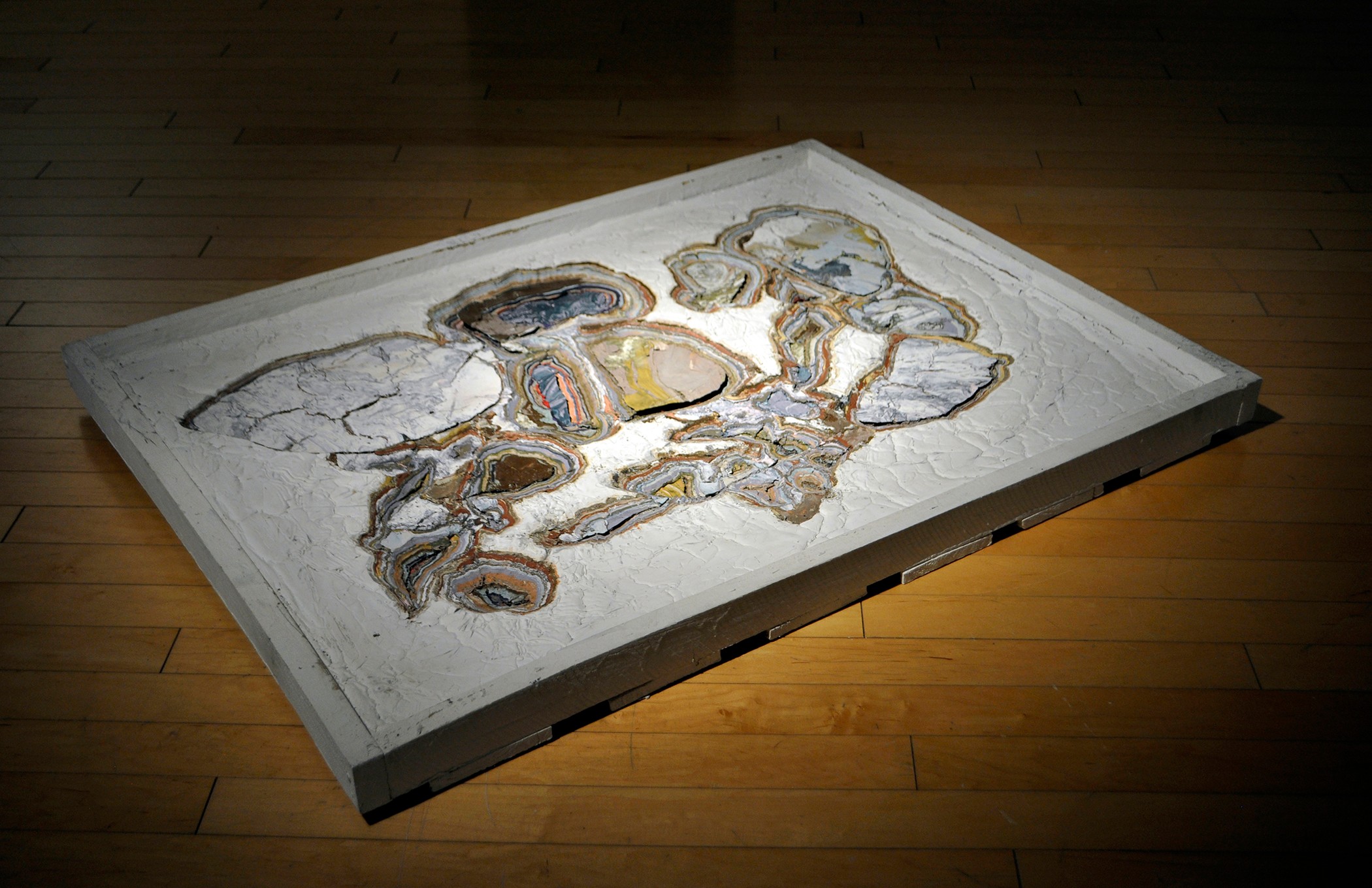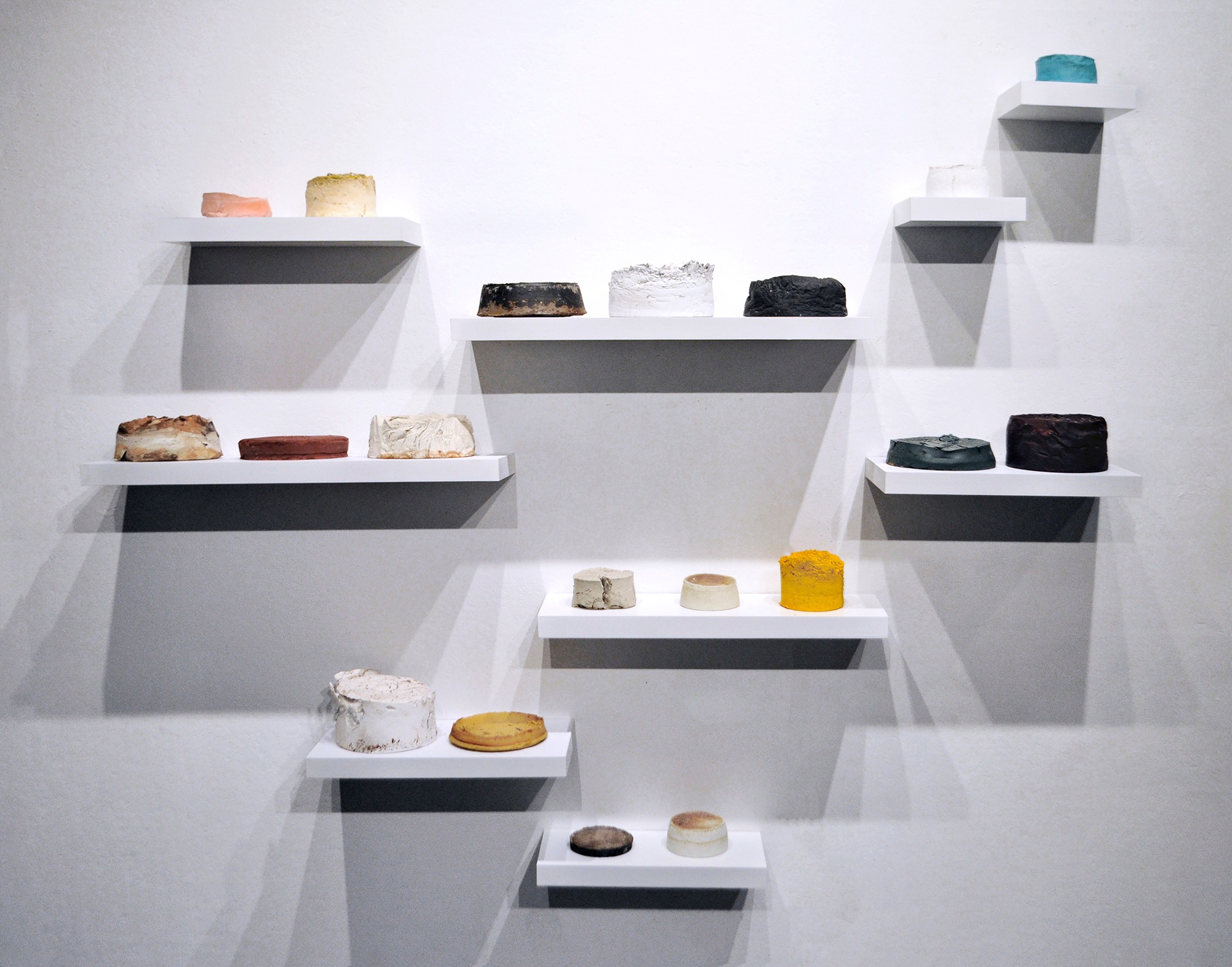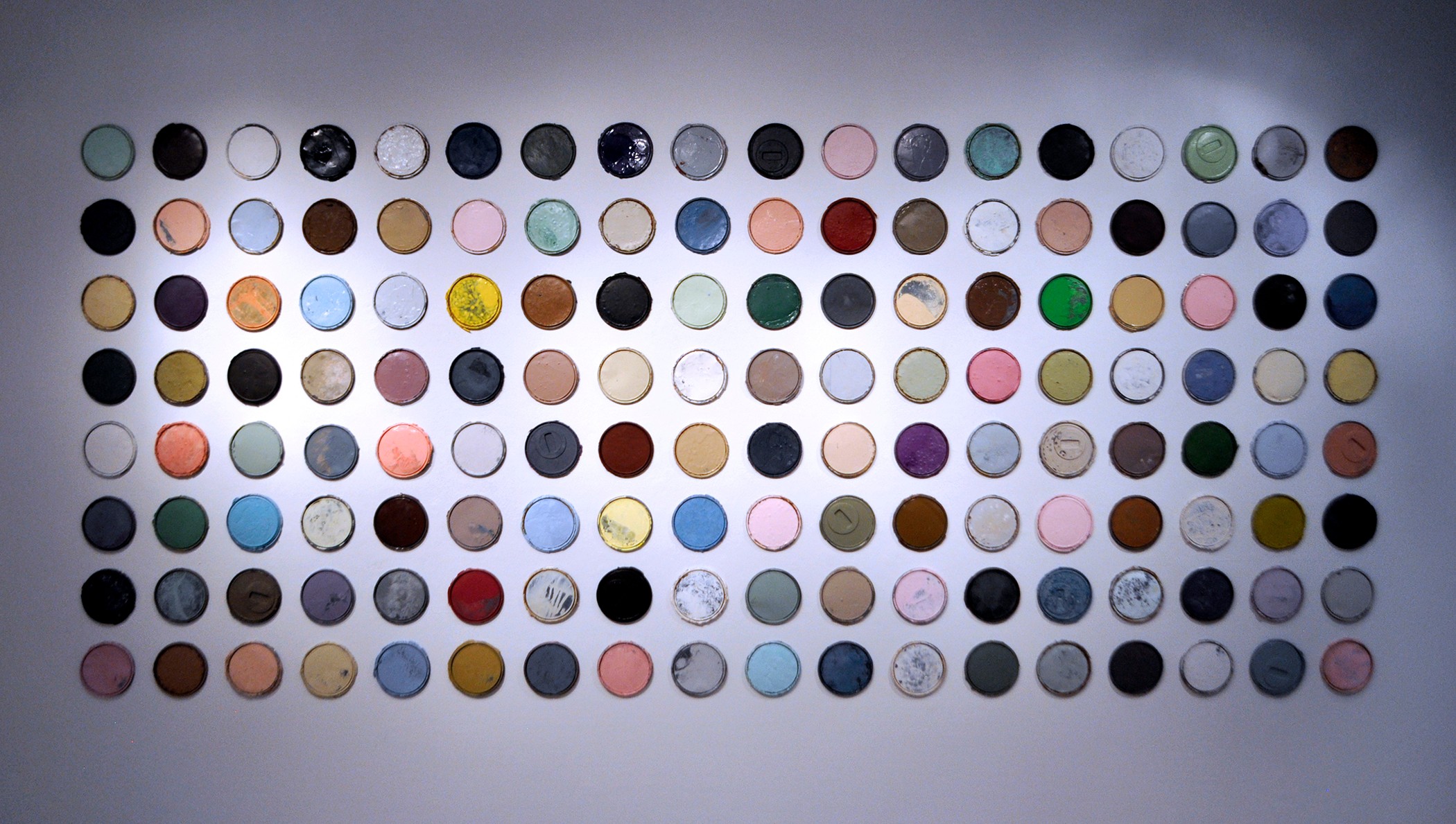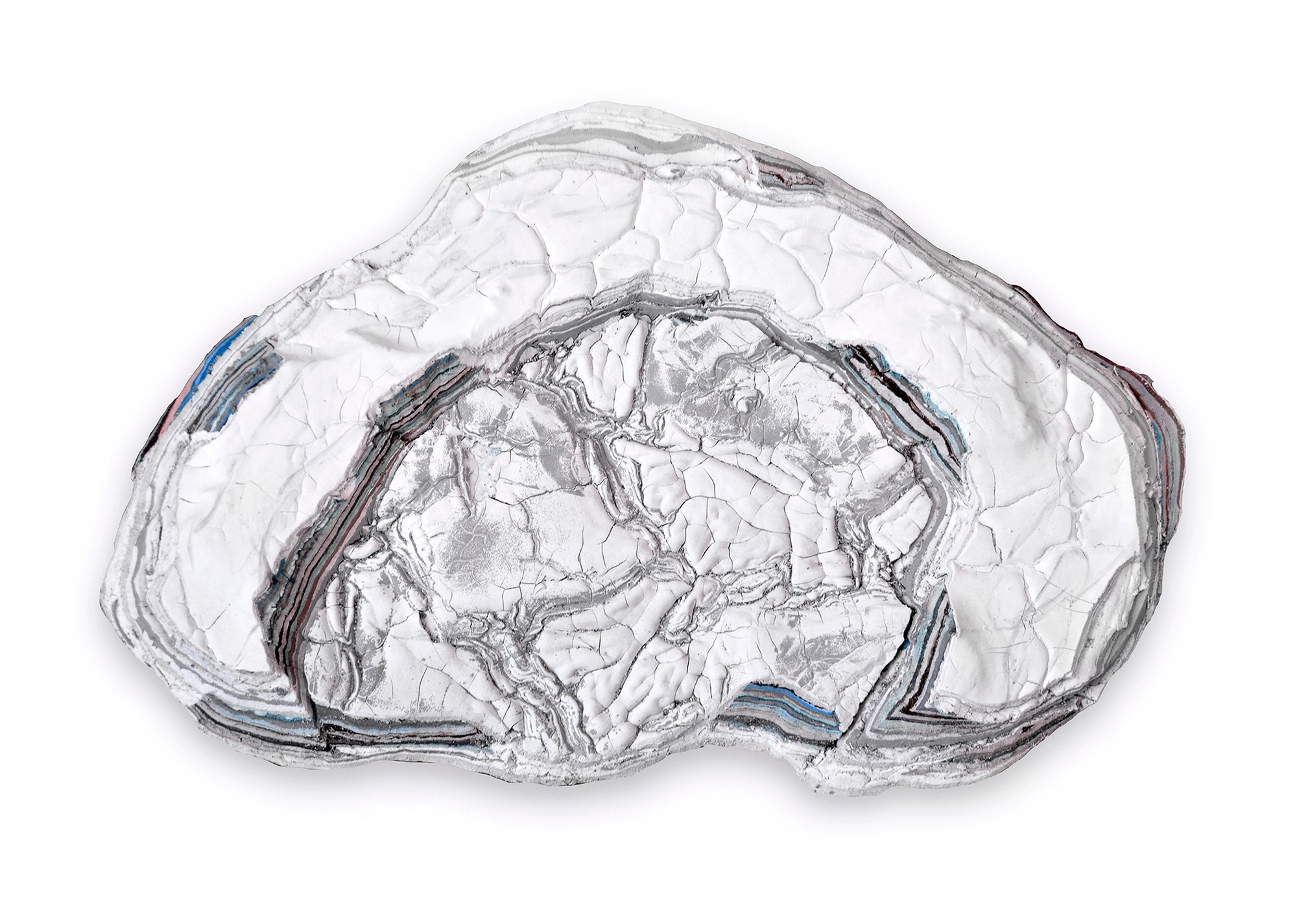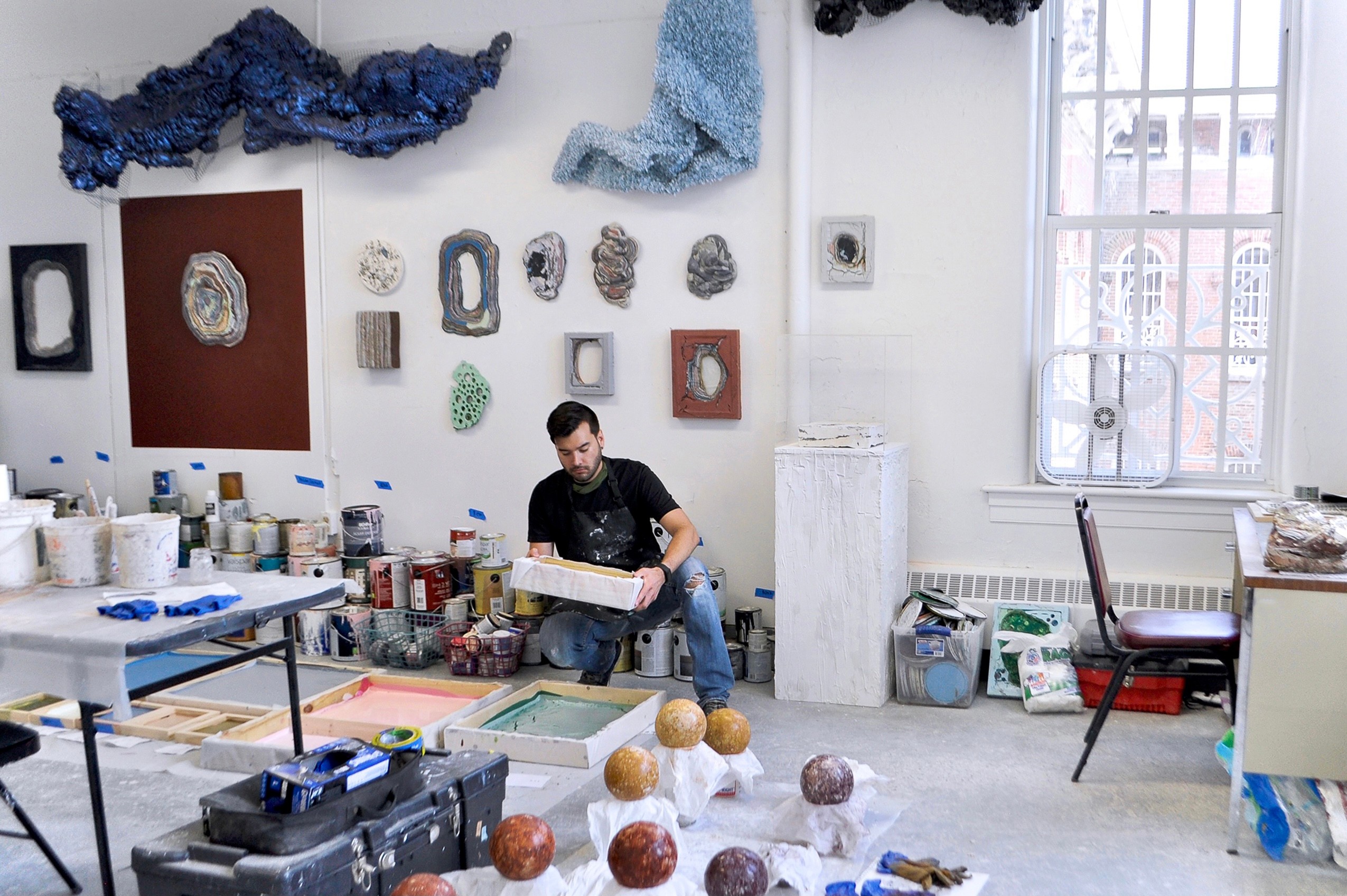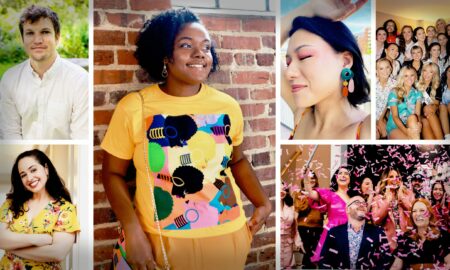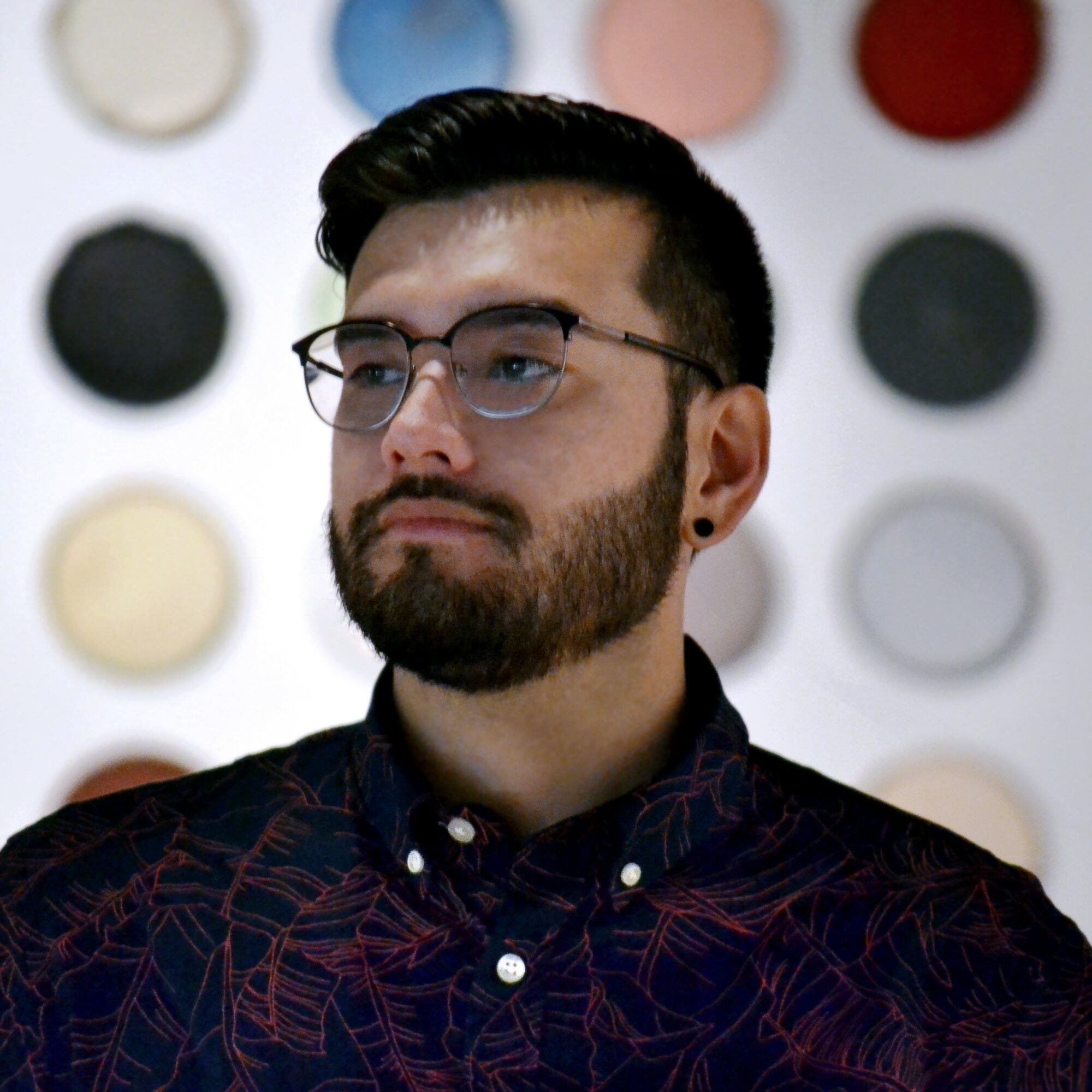 Today we’d like to introduce you to Todd Jones.
Today we’d like to introduce you to Todd Jones.
Todd, we appreciate you taking the time to share your story with us today. Where does your story begin?
I am a painter and sculptor who explores the boundaries between contemporary painting and sculpture. I was born in Tallahassee, Florida, and based in Raleigh, North Carolina, where I am a Visiting Assistant Professor and Gallery Director for the Art Department at Meredith College. I received my BFA with a double major in Studio Art and Psychology from Florida State University and my MFA in Painting + Drawing and Graduate Certificate in Visual Arts Management from Ohio University.
I have been an artist-in-residence at the Hambidge Center in Rabun Gap, Georgia, Mineral House Media, Studio 209 in Thomasville, Georgia, and attended the Summer Painting and Sculpture Intensive at the Tyler School of Art in Philadelphia, Pennsylvania. I was a 2022 William and Dorthy Yeck Award Finalist for Miami University’s Young Painters Competition, a finalist for the Fifth Edition of the Boynes Emerging Artist Award, and a 2022 nominee for The Dedalus Foundation Master of Fine Arts Fellowship.
I have had solo exhibitions at Trisolini Gallery at Ohio University in Athens, Ohio. Along with Emergent Arts and Craft Gallery, The City Center Gallery at the Urban Arts Space, and Wild Goose Creative in Columbus, Ohio. My next solo exhibition will be at 621 Gallery in Tallahassee, Florida, in February 2023.
We all face challenges, but looking back would you describe it as a relatively smooth road?
The road to becoming an artist has not always been smooth sailing. As someone who went to school for art, I found it challenging to continue my practice outside an educational setting. Once out of school, I struggled to balance my job and studio work. My art production slowed down tremendously, but I turned my attention to showing the previously created artwork.
I also prioritized attending at least one Artist Residency a year to take time for my practice. As long as I was doing something art-related, I came to accept that as a step in the right direction, and I slowly began to find balance as a working artist. Artist Residencies have always been my way of taking a break from the everyday world and immersing myself in my practice.
Appreciate you sharing that. What else should we know about what you do?
My work explores residual cultural memory through the detritus of the ever-decreasing life cycle of our identity-driven attention economy. Through processes of archeological curation, accretion, and excavation, I create new objects that query the values of our current sociopolitical positions and examine implications for sustainability.
Discarded and mistint house paints are manifestations of culture as they are forgotten in basements, garages, closets, and left behind by previous owners. Mistint house paints are orphaned in hardware stores by customers unsatisfied with their original color choices or when the store fails to create the desired hue or finish. Disconnected from the original owners and their intentions, mistint house paints are imbued with invisible individual memory and comprise a visible cultural history. House paints can add desirability, enhance a home’s sophistication, or create comfort in one’s limited space. Infinite color choices make house paints an identity-driven good in a culture with an overwhelming supply of consumer products meant to attract buyers who wish to have something exclusive. These novelties, however, have an ever-shorter lifespan as consumers continually chase the next best self-improvement. Color carries a deep resonance, and choosing a paint color is rooted in psychological affects such as mood and behavior. Each home holds a recollection, and its inhabitants’ persona is transcribed in the layout and color of the walls, creating their order of nature as a projection of their newer, improved identities.
I see potential in these paints through their accessibility by using these materials that can easily be found and repurposed today. Through the COVID-19 pandemic, I noticed that individuals took on more home renovation projects, and house paint was a commodity frequently purchased. During my excursions in hardware stores, I realized an influx of mistint house paints.
Process plays a central role in my work as I recontextualize materials through my collection and intervention. Salvaging and molding layers of paint into newfound forms, these stratifications expose remnants and the foundation of their previous lives. I reformulate the discarded and mistint paints into a visual record of cultural history through material transformations by pouring numerous layers to create strata-like forms that mimic natural sedimentation. The new relationship of each color layer is exposed through excavation and creates a cultural snapshot that examines the development of our society through patterns of culture/identity shedding. These reconstructed objects focus on abandoned materials, critiquing the excessive waste of our contemporary consumerist ideology.
Risk-taking is a topic that people have widely differing views on – we’d love to hear your thoughts.
I take risks with my artwork by experimenting with materials and processes in which I can manipulate painting into sculpture. As a professor, I encourage my students to take risks with their artwork and experiment in the classroom through concepts and materials.
Each assignment aims to improve conceptual, technical, and professional skills. I believe that art advances the development of learning about ourselves and those around us. Also, developing creative problem-solving skills is necessary to navigate our constantly changing environment, and skills in creativity are applied in every facet of the professional world.
Contact Info:
- Website: www.taahd.com
- Instagram: https://www.instagram.com/taahd/
- Facebook: https://www.facebook.com/ToddJonesARTIST
